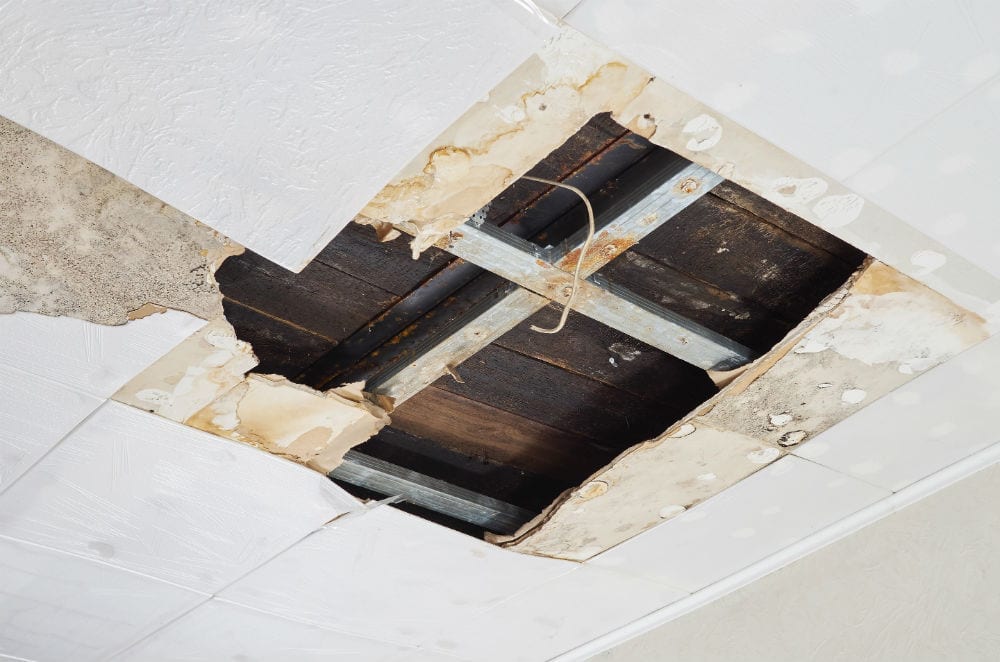Every person has got their private thinking with regards to What You Can Do At Home To Prevent Fire And Water Damage.

Water offers life, yet water invasion on some parts where it's not expected to be can result in damage as well as aggravation. In addition, houses with water damages smell old as well as musty.
Water can originate from numerous sources like tropical cyclones, floods, ruptured pipes, leakages, as well as drain issues. If you have water damages, it's far better to have a functioning knowledge of safety preventative measures. Below are a couple of standards on exactly how to deal with water damages.
Do Prioritize House Insurance Coverage Protection
Seasonal water damage can originate from floods, seasonal rainfalls, as well as wind. There is additionally an occurrence of a sudden flooding, whether it originated from a defective pipeline that all of a sudden ruptures into your house. To secure your home, obtain residence insurance coverage that covers both acts of God such as natural disasters, as well as emergency situations like broken plumbing.
Don't Forget to Shut Off Energies
When calamity strikes and also you're in a flood-prone area, turn off the main electrical circuit. Switching off the power stops
electric shocks when water is available in as water works as a conductor. Don't forget to switch off the main water line valve as a way to stop even more damage.
If the floodwaters are obtaining high, maintain your furniture secure as they can walk around and cause extra damages.
Do Remain Proactive and also Heed Weather Condition Signals
If you live in an area tormented by floodings, remain prepared as well as positive at all times. Pay attention to the information and evacuation warnings if you live near a body of water like a river, lake, or creek .
Do Not Disregard the Roofing System
Your contractor needs to take care of the malfunctioning seamless gutters or any kind of various other signs of damage or weakening. An inspection will avoid water from moving down your wall surfaces and soaking your ceiling.
Do Take Note Of Small Leaks
A burst pipe does not happen in a vacuum or over night. There are warnings that can attract your interest and also show to you some damaged pipelines in your house. Indications of warnings in your pipelines consist of bubbling paint, peeling wallpaper, water streaks, water stains, or dripping noises behind the wall surfaces. There are indications that the pipe will rupture. Do not wait for an acceleration if you see these signs. Repair service and also inspect your plumbing fixed before it causes enormous damage to your residence, financial resources, and an individual problem.
Do Not Panic in Case of a Burst Pipe
Timing is vital when it comes to water damages. If a pipeline ruptureds in your home, immediately closed off your major water shutoff to reduce off the source as well as protect against more damage. Call a reliable water damage reconstruction specialist for help.
Water gives life, yet water breach on some components where it's not expected to be can result in damages and also trouble. In addition, residences with water damages scent old as well as musty.
Seasonal water damage can come from floods, seasonal rainfalls, as well as wind. Signs of red flags in your pipes consist of bubbling paint, peeling wallpaper, water streaks, water spots, or trickling sounds behind the walls. If a pipe bursts in your residence, immediately shut off your primary water shutoff to cut off the resource as well as protect against even more damages.
Some Do's & Don't When Dealing with a Water Damage
DO:
Make sure the water source has been eliminated. Contact a plumber if needed. Turn off circuit breakers supplying electricity to wet areas and unplug any electronics that are on wet carpet or surfaces Remove small furniture items Remove as much excess water as possible by mopping or blotting; Use WHITE towels to blot wet carpeting Wipe water from wooden furniture after removing anything on it Remove and prop up wet upholstery cushions for even drying (check for any bleeding) Pin up curtains or furniture skirts if needed Place aluminum foil, saucers or wood blocks between furniture legs and wet carpet Turn on air conditioning for maximum drying in winter and open windows in the summer Open any drawers and cabinets affected for complete drying but do not force them open Remove any valuable art objects or paintings to a safe, dry place Open any suitcases or luggage that may have been affected to dry, preferably in sunlight Hang any fur or leather goods to dry at room temperature Punch small holes in sagging ceilings to relieve trapped water (don't forget to place pans beneath!); however, if the ceiling is sagging extremely low, stay out of the room and we'll take care of it DO NOT:
Leave wet fabrics in place; dry them as soon as possible Leave books, magazines or any other colored items on wet carpets or floor Use your household vacuum to remove water Use TV's or other electronics/appliances while standing on wet carpets or floors; especially not on wet concrete floors Turn on ceiling fixtures if the ceiling is wet Turn your heat up, unless instructed otherwise

I stumbled upon that blog post on Reducing Your Risk Of Water And Fire Damage At Home when doing a search on the internet. Sharing is nice. Helping others is fun. I am grateful for your time. Please pay a visit to our website back soon.